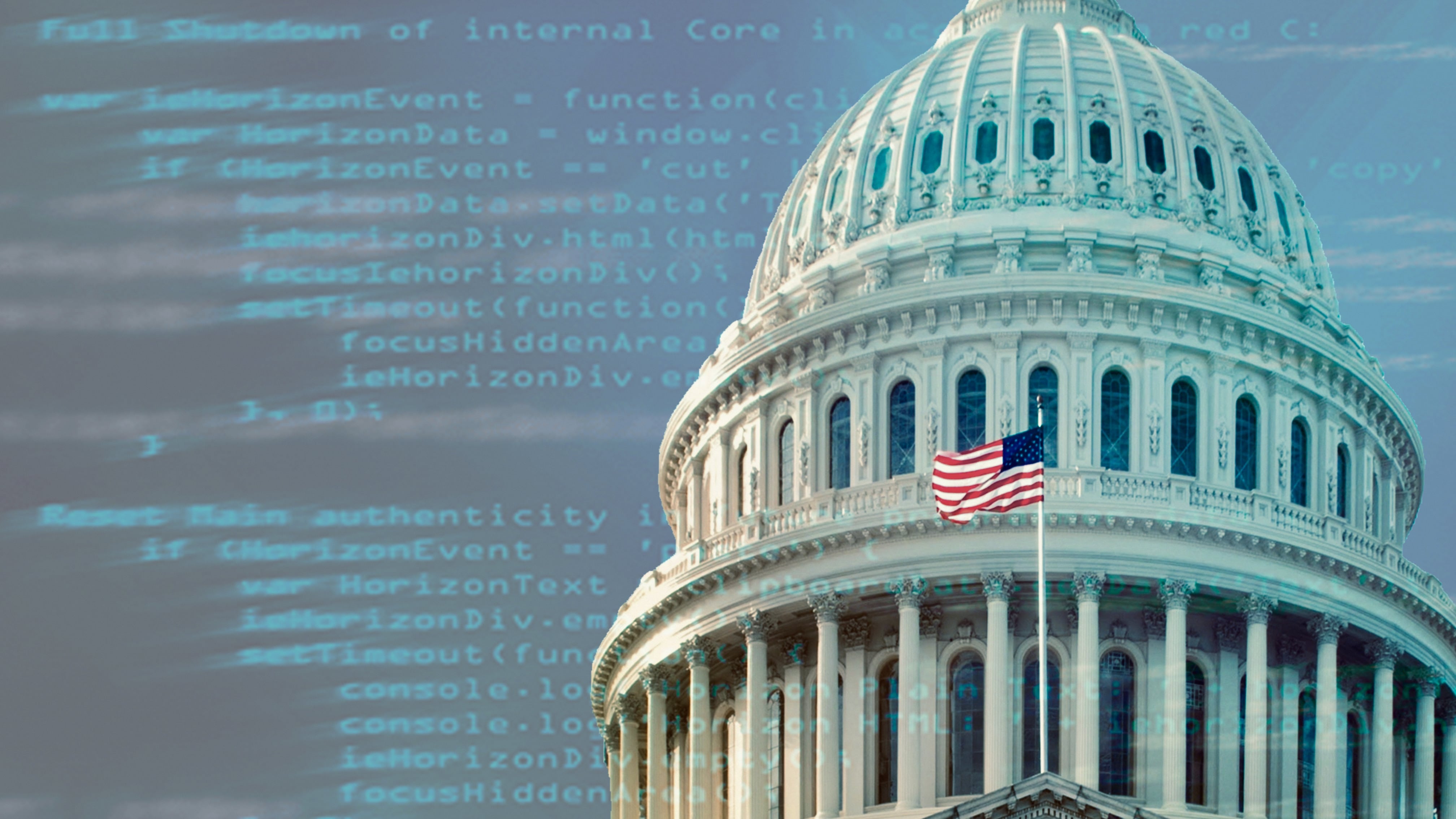A new Government Accountability Office report has found that one of The Great Recession's most enduring relief programs still has 16 banks struggling to leave it eight years later.
The Capital Purchase Program, part of the broader Troubled Asset Relief Program, has largely wound down with 691 of the original 707 eligible financial institutions having paid off their debts.
Related: Read the report
But many of the remaining 16 institutions are financially weak, the report said, with nine posting negative returns on average assets. The GAO also said that almost all of the remaining institutions have missed dividend payments.
The CPP was instituted in the throes of the 2008 financial crisis as a way to prop up financial entities by allowing the Department of the Treasury to buy up toxic assets like mortgages and mortgage-backed securities.
The CPP authorized the Treasury department to buy up to $700 billion in troubled assets, starting in October 2008, through what many called "capital injections".
From October 2008 to December 2009, the Treasury department bought up $205 billion in assets from banks and financial institutions, for which it received dividends and interest payments. The GAO said on May 6 that the Treasury has made $226.7 billion off of the CPP purchases, netting a $22 billion profit.
But of the 16 remaining institutions, nine had negative returns in 2015 and six of them had lower returns than they did in 2011.
"Many of the remaining CPP institutions were on the 'problem bank list' of the Federal Deposit Insurance Corporation and most have been delinquent on their dividend payments for several years," the report said.
"The problem bank list contains banks with demonstrated financial, operational or managerial weaknesses that threaten their continued financial viability; the number of problem banks is publicly reported on a quarterly basis."
Eight of the 16 institutions held 88 percent of the CPP's remaining debt. One of the banks, First BanCorp of San Juan, P.R., still had 49 percent of its nearly $125 million in capital injections still unpaid.
The GAO said that Treasury officials expect the remaining institutions to pay their debts off through restructuring, but had no official end date for them to take place.
"Treasury expects to rely on restructurings and auctions because the overall financial condition of the remaining institutions makes full repayment unlikely," the report said.
"At this time, Treasury does not have any plans to fully write off any investments. Treasury officials anticipate that the current strategy to restructure or auction the remaining investments will result in a better return for taxpayers."
Treasury officials also told the GAO that it wouldn't write down or forgive the remaining debt because it "would be unfair" to the intuitions that have already left the program.
So when those institutions do come up with a plan to leave the program, they will likely have to pay back every cent to do it.










